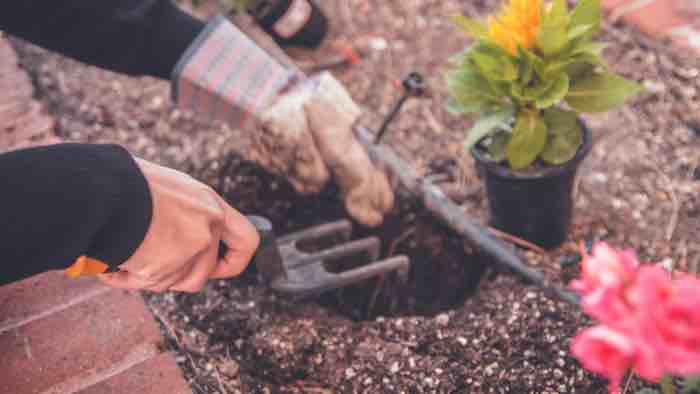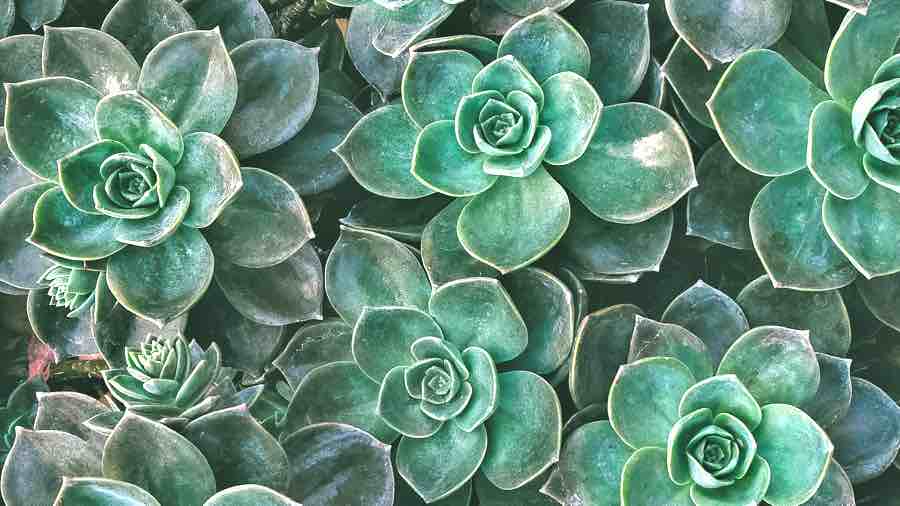Starting a garden is not easy, especially to someone who’s not familiar with the different plants that exists. It’s undoubtedly difficult for me, as I’m just starting out, and the garden is more for relaxation.
But, before I drop any seed, I need to figure out
- I need to
know my garden’s condition. -
I need to research on various plants that stand a survival chance in my small piece of land.
If you are starting too, you need to evaluate those things as well.

Then, you can head out and pick what you prefer, and those that suit your cultivation methods.
Different plants have different needs
The plants you choose depend on many factors, such
-
orientation , - size,
and -
soil type of your garden.
However, every garden will benefit from a well-executed planting scheme, and plants can help one create that effect they want.
I did some research so that this guide will help individuals choose the right plants for their yards.
Start by assessing your outdoor space
Before choosing any plant, you need to recognize how much space you have. Measure the size of your garden by a tape measure.
Knowing how much space you have will help determine what plants you’ll grow and your gardening design.
If you have lots of space, plant large and fast-growing specimens such as Roman chamomile. But, if your land is limited, then you should try container gardening.
For those with limited space, another great option to consider is tower gardening. This vertical gardening method allows you to grow a variety of plants efficiently in a small area. Learn more about its benefits in our article on The Benefits of Tower Gardening: Grow More with Less Space.
Determine the soil type
Just by looking around your neighborhood, you can tell which soil you have in your plot. If, for instance, camellia grows in that area, then probably its ground is pH neutral to acidic.
However, for accuracy, you can buy simple and inexpensive PH test soil kit, which gives useful information. Loose soils are generally sandy, and those that clump together are clay.
Once you’ve determined which soil you have, selecting plants wouldn’t be hard.
For example:
- Goldenaster and most succulents survive in dry soil.
- Hydrangea and Siberian iris will do well in marshy soil types.
Understand your climate
Hardy perennials should be planted in cold conditions. People who live in cold climates will have luck with resilient flowers and shrubs such as
- sorrels,
- daylilies, and
- ostrich fern.
These plants can survive fluctuating temperatures.
For gardeners living in tropical and subtropical climates, heat-tolerant plants such as amaranths and some ferns will be best.
It’s also wise that one considers precipitation levels of their area:
- If it’s raining a lot where you live, your plants won’t need much extra watering.
- Gardens and plants in a dry climate exposed to hot temperatures need a lot of watering.
Determine the light levels in your garden
Observe and write down the hours of direct sunlight your yard receives each day.
- 8 or more hours is considered full sun while
- partial sun is between 4-5 hours.
Remember that plants have different light requirements. Therefore not all specimens will survive in your area.
Understand annuals, perennials, and edibles
Annual plants like dahlias and zinnias have great shapes and stunning colors. Most require low maintenance; hence, people can grow different species together.
Again, gardeners should also grow perennial flowers and shrubs for beauty.
Perennials are tough and return year after year as long as one takes proper care of them.
Then also consider growing vegetables and fruits as they provide healthy nutritious foods. This, in the long run, will cut down the cost of going to grocery stores now and then.
As you can see, choosing the right plant narrows down to
- your garden size,
- its type of soil,
- your preference, and
- location.
But, you can also experiment with different options to determine which plants do well in your area and which don’t.
Choosing plants for your garden can be exciting and fun.
Certainly, a lot of the choices you make about the plants will be based on your taste and style.
But remember to take into consideration these basic factors mentioned here.
What to do next when you have purchased the seeds for the plants? What’s the right way to plant them? Indoors with soil blocks or outdoors?
